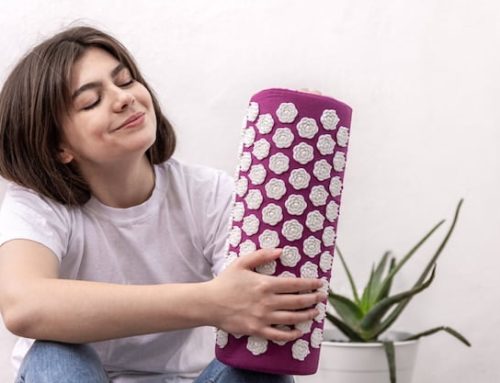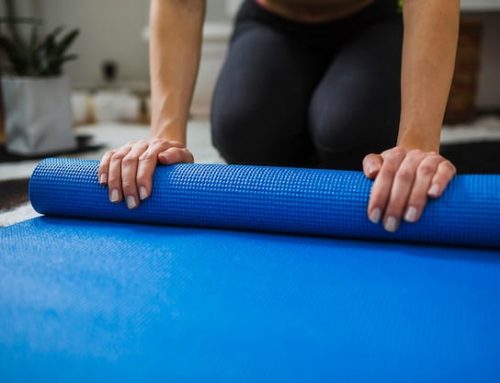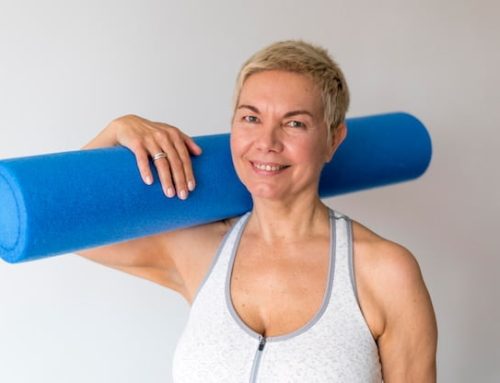Introduction
After a long day of working out or sitting for long hours, our muscles tend to feel tight and stiff. This happens because of lactic acid build-up, dehydration, and stress. These pains and stiffness could lead to severe injuries and pain. Foam rolling is among the most effective ways to relieve muscle tightness and soreness. It is a self-massage technique that can be done at home with the help of foam rollers of different densities and sizes. In this article, we will discuss the benefits of foam rolling and how to use it for optimal recovery.
Benefits of Foam Rolling
Foam rolling has several benefits, including physiological and psychological benefits. Here are some of the benefits of foam rolling:
1. Improves Blood Circulation – Foam rolling helps increase blood flow and oxygen supply to the muscles, leading to faster recovery.
2. Reduces Inflammation – Foam rolling helps to reduce inflammation caused by injuries and workouts.
3. Prevents Injuries – Foam rolling helps to prevent injuries by loosening the muscles and allowing for better range of motion.
4. Increases Flexibility – Foam rolling helps to break up scar tissue, which helps muscles move freely, leading to better flexibility.
How to Use Foam Rollers
1. Choose the Right Foam Roller – Foam rollers come in various densities, sizes, and shapes. Choose a foam roller that suits your needs.
2. Warm-Up – Before you start rolling, do some light cardio or stretching to warm up your muscles.
3. Target the right muscles – Start foam rolling on the targeted muscle and apply pressure to the muscle using your body weight.
4. Roll Slowly – Roll slowly and controlled to find the tender spots in your muscles.
5. Apply Pressure – Once you find a tender spot, hold it for 30-60 seconds and release the pressure.
6. Roll Again – Roll the targeted muscle again to loosen up any remaining tension.
Foam Rolling Techniques
1. Calves – Sit on the floor with your legs extended. Place the foam roller under your calves and roll up and down.
2. IT Band – Lie on your side with the foam roller under your hip. Roll from your hip to your knee.
3. Glutes – Sit on the foam roller with your feet on the floor. Cross your right foot over your left knee and lean towards your right glute.
4. Back – Lie on the foam roller with it placed under your shoulder blades. Roll up and down the length of your back.
Tips for Optimal Recovery
1. Stay Hydrated – Drink plenty of water before and after foam rolling to help flush out toxins from your muscles.
2. Do Not Overdo It – Start with a short amount of time and gradually increase the time and pressure.
3. Foam Roll Regularly – Incorporate foam rolling into your daily routine for optimal recovery.
Conclusion
In conclusion, foam rolling is a simple and effective way to relieve muscle tightness and soreness. It can be done at home with minimal equipment and can be incorporated into your daily routine for optimal recovery. By following the techniques and tips mentioned above, you can improve your blood circulation, reduce inflammation, prevent injuries, and increase flexibility. So, give foam rolling a try, and you will be amazed at the results.






